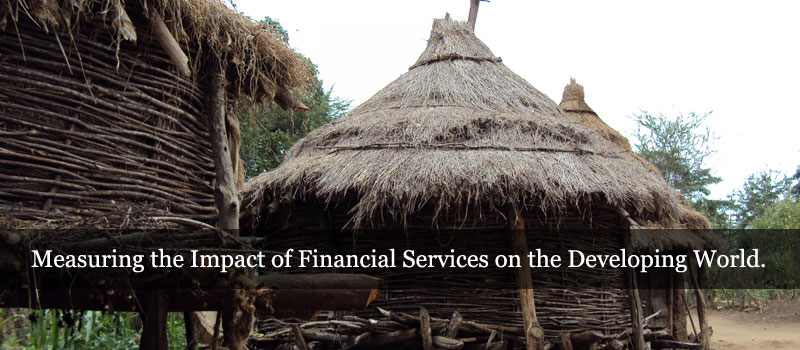Constant Gardening: A Study of Malawi's Enabling Environment for Microfinance
Seeds, soil, and gardeners depend on each other. If one of them fails, the crop will not flourish. This study forms part of a larger effort to evaluate grants or "seed money" to discern their impact on poor microfinance clients. Since at least the Parable of the Mustard Seed, people have understood the importance, both literally and figuratively, of seeds falling on fertile ground. And the soil only proves fertile in the right conditions: in the presence of nutrients, rainfall, and the like. But between the elements and the growth of plants from seed, a gardener intervenes to water, nourish, and protect.
Anyone who has been to Malawi knows that it is a garden (not only figuratively but literally). There, grants—like seeds—yield the desired results where the situation is conducive. In a garden, the ground itself is a given, along with the weather, the pests, and the course of the nearest stream. In the same way, grants are used in a national (and local) context, one not made by grantor or grantee, but exogenous. Here we note such inherited conditions—resource endowments and existing indicia of human development—where they have significant effects on the outcomes, but they are not our focus.
In the figurative sense, we concern ourselves here with the gardener and her techniques. She plants the seed and ensures as best she can that the crops flourish whether outside conditions help or hinder that goal. In similar fashion societies, their people and especially their leadership, translate the givens of their situation into outcomes such as wealth or poverty, conflict or consensus. They use the tools at hand—political decisions, institutions, investments and services of various kinds. These things are endogenous to the society and comprise the enabling environment or EE.
This baseline study assesses enabling factors in Malawi that affect microfinance—and the outcomes of innovation grants in that sector. Those contextual factors may make it easier or harder for financial institutions (FIs) to provide services to the poor and for prospective clients to benefit from such services. For convenience, we group enabling factors according to whether they operate at the meso level of organization and infrastructure, or the macro level of policies and institutions. These elements constrain, amplify, and shape the outcomes of microfinance innovations. Understanding this is important for assessing overall impact accurately and for setting targets and expectations concerning future investments in the microfinance field.
We analyze those factors affecting a particular initiative, the mobile banking innovation carried out by Opportunity International Bank of Malawi (OIBM) with the support of the Bill and Melinda Gates Foundation (BMGF). The discussion follows the framework advanced in our Concept Note on enabling environments (Meagher 2010). Microfinance comprises a set of approaches and products adapted to the difficult environments of developing countries such as Malawi, one of the very poorest nations. This study deals with several challenges in Malawi's enabling environment as it relates to financial services, with the central focus on those issues most relevant to the innovations being rolled out by OIBM. This is not to say that the enabling environment in Malawi is nothing but negatives. Policies and institutions often create friction in markets, but the best ones do so for justifiable public purposes that in the end benefit everyone. Problems are also opportunities, and there are very many of these one might talk about. But we have chosen to limit the field to those touching in some way the grant-funded innovations, and those that pose the biggest challenges.
We proceed as follows. The next chapter defines the scope of the study and introduces the context of Malawi. There follow two sections devoted to findings and analysis—the first on meso- and the second on macro-level issues. The final chapter brings the threads of the analysis together, providing a summary of findings and of enabling environment impacts on the OIBM initiative. There follow annexes on methodology, comparative data graphs, and bibliography.




